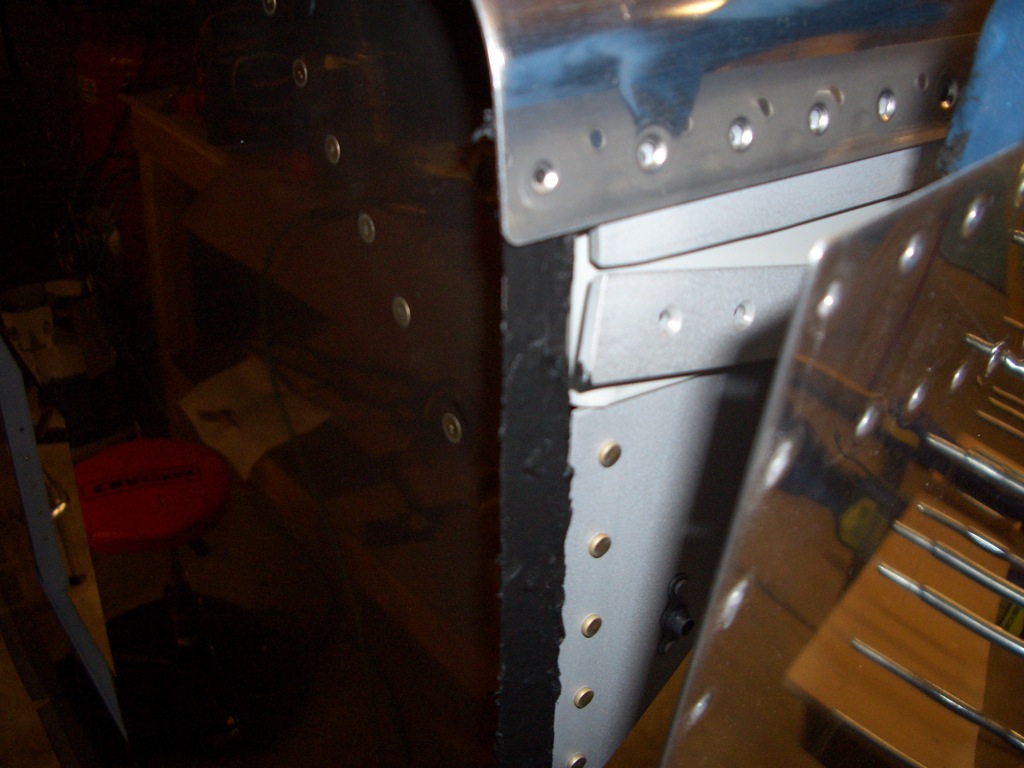I started to seal up the firewall last night, but after reading about the mixing ratio (40:1), I realized my digital scale wasn’t nearly accurate enough (it was only accurate to 1g). Tonight after work, I swung by Fry’s and picked up this digital scale that is accurate to .1g.
The A part of this mixture is basically like tar. You’re basically cutting chunks of it out of the can. The B part is a liquid. When mixed together, it forms a thick paste that will cure to a flexible state and withstand 400ºF sustained and handle flash temperatures to 2000ºF.
Initially, I started mixing this up in a paper cup, but as you can see, the B part immediately started soaking into the cup. Rather than guess how much additional B part to add, I tossed this batch and mixed up another one in a plastic cup. Since I bought a 1/2pt kit, I probably have enough to do two complete firewalls, so this is no big deal. I’ll still have plenty left for the other parts of the firewall that will need sealing.

Here you can see where I’ve applied the sealant to the firewall flange. Basically, you just butter on a thin, even coat and then cleco the parts together.

To ensure a good bond, I put a cleco in every hole around the firewall (including the double row along the bottom skin. I also clecoed in the final two bottom skin stiffeners. This thing is ready to rivet together. Andre is planning on stopping by on Sunday. With any luck, we can finish this up and flip the fuselage.

